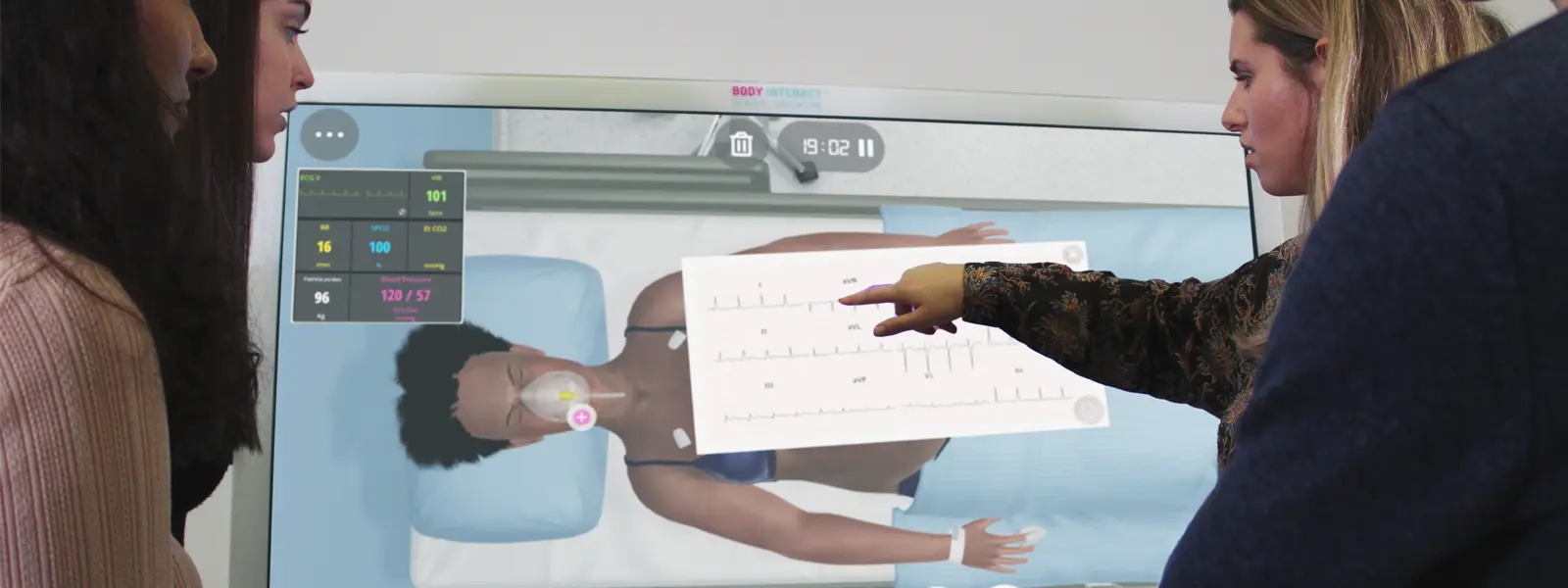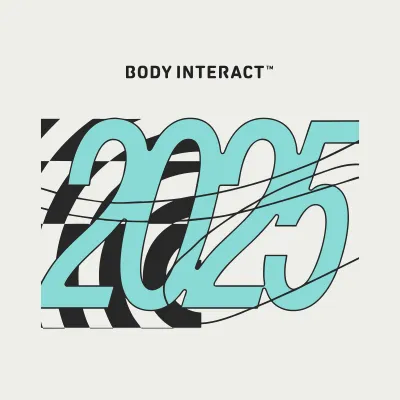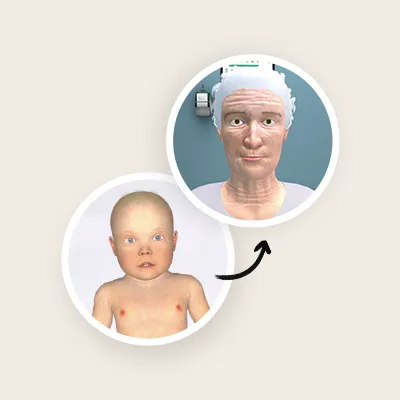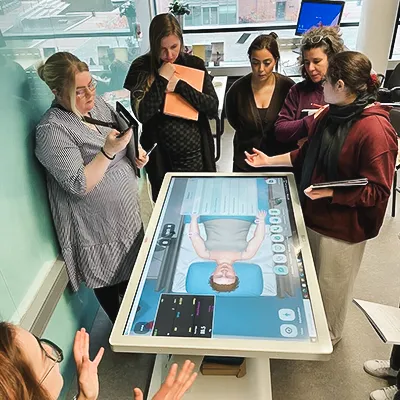Webinar: The power of Virtual Patients as a didactic technique in the teaching-learning process
On March 14th, Professor Jacinto Aguilar, Coordinator of the Clinical Simulation Area for the Development and Evaluation of Competencies at the School of Medicine, Ciudad Mendoza Campus, Veracruzana University and Daniela Abreu, Instructional Designer at Body Interact, came together online to discuss the implementation of Virtual Patients at the university.
The webinar was attended by 50 participants from various Spanish-speaking countries who actively engaged in the session with numerous questions.
During the virtual meeting, various topics were discussed, including implementation constraints, integration into the curriculum, and the benefits of using Virtual Patients.
Below are some dynamic insights shared during the discussion, but be sure not to miss the opportunity to watch or review the webinar:
Constraints in the implementation of Virtual Patients in the curriculum:
Professor Jacinto Aguilar mentioned that initially, they encountered resistance from some faculty members regarding the implementation of this revolutionary educational strategy. However, the imposed lockdowns due to COVID-19 shifted the perspective on teaching and learning paradigms in Medicine, with this significant event serving as a cornerstone for many changes.
In addressing this issue, Professor Aguilar emphasized the reinforcement of faculty training. Additionally, he highlighted that professors already proficient in using the simulator provided guidance to those who initially faced challenges, thereby facilitating smoother adoption of the new approach.
Integration of Body Interact in the curriculum:
One of the ways of integration of Body Interact into the curriculum at the University Veracruzana is through autonomous learning, providing students with access to the platform at specific times designated by their professors for graded exercises.
Body Interact Virtual Patients are also incorporated into pre-clinical subjects like anatomy or physiology, with the aim of fostering the development of basic assessment skills and the analysis of complementary exams such as ECGs.
It serves as a resource for case-based learning, utilizing virtual patients for clinical discussion purposes. Additionally, Body Interact facilitates the exploration of therapeutic approaches for various health conditions.
Furthermore, Professor Jacinto Aguilar noted that Body Interact is utilized for evaluation purposes, particularly in Objective Structured Clinical Examinations (OSCEs).
Overall, the integration of Body Interact into the curriculum offers students a dynamic and interactive approach to learning key medical concepts and skills.
Implementation of Body Interact across the curriculum:
Not often to be seen, but the implementation of Body Interact, at the University Veracruzana, counts not only with the expertise of faculty to provide classes, but also on the support of final year medical students guiding their peers in the simulation experiences. This strategy will undoubtedly be beneficial both for students teaching and for those learning.
Benefits of using Virtual Patient integrated in the Medical Curriculum:
Professor Jacinto Aguilar mentioned many benefits of using Virtual Patients in the curriculum:
> The opportunity to practice without harming real patients.
> The ability to witness the positive evolution of a patient’s condition as a result of successful clinical practice brings great satisfaction and a sense of accomplishment to students.
> The possibility to develop and practice key clinical skills is another major feature of Virtual Patients.
> The flexibility of Body Interact Virtual Patients is noteworthy, as it can be utilized either in group settings or individually by learners.
Want to know more about the integration of Virtual Patients at the University Veracruzana? Explore the recording and if you would like to meet with us just schedule a meeting!









